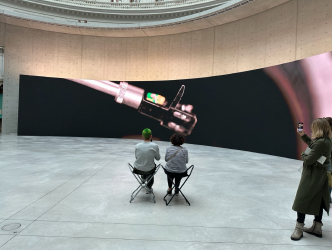Grand history of architects
The grand history of 20th-century architects is made of cross-pollinations and collaborations. Take Norman Foster (Pritzker Prize 1999). He was the subject in spring 2023 of a major exhibition held at one of the architecture-manifestos of the 20th century in Paris, the Centre Pompidou (see here a report about Norman Foster at Centre Pompidou). The building itself is recognizable for, among other things, its colourful tubes that indicate their circulating contents (red for people, blue for air, green for water) and is the work of two other architects.
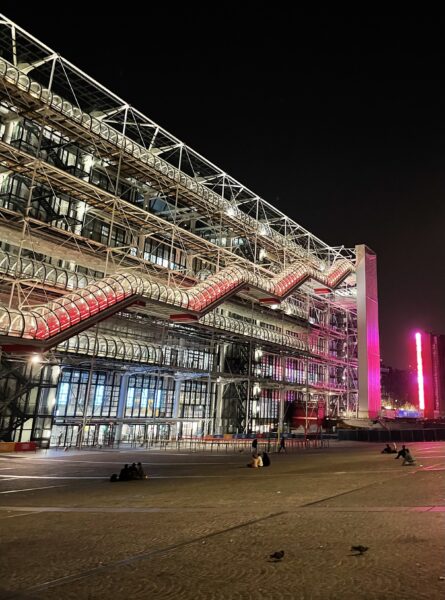
Italian partnership for an iconic French building
They are the Italian who lives in France, Renzo Piano (Pritzker laureate in 1998) (See here an interview of Renzo Piano speaking about Tadao Ando), who was in partnership at the time with the Italian-British Richard Rogers (Pritzker Prize 2007). Coincidentally, Richard Rogers started his career in partnership between 1963 and 1967 with Norman Foster. Their bond was forged during their studies together at Yale University.
In Provence

Rogers died in December 2021. It would have been welcomed if the Centre Pompidou had staged a real tribute to one of its two founding fathers. This didn’t happen. Instead you have to visit Provence, Chateau La Coste, to see it from now until 7 January. It is being staged in an ideal setting, a pavilion designed by Richard Rogers himself.
A tube of 120m2

In 2020 he conceived a large tube measuring 120m2 suspended over the pine forest in the now famous sculpture and architecture park. It is an idyllic spot. In 2011 the owner of the place, Paddy McKillen, asked Rogers to choose a site on the wine-growing estate. It wasn’t until 2020 that he responded with this rectangular box, made from shining metal, edged with orange tubes. Inside, ten of his projects are displayed on a modest scale by his son the designer Ab Rogers, who here plays the role of curator.
David Bowie

The architect was an unusual figure who was cited for example in a David Bowie song and named one of the 50 best-dressed men across the Channel by GQ in 2015. We get a sense from this exhibition primarily of his fascination for the wave-like shape and his taste for bright colours, which extended to his clothing. He will go down in history as an architect who specialized in high-tech extravagances, driven from very early on by the idea of durability and a strong social conscience.
A building like a camera lens
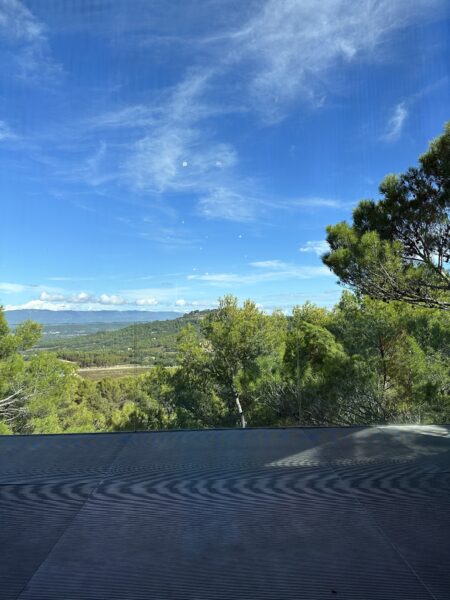
The physical experience of the place he’s designed at Chateau La Coste, named Drawing Gallery, is enlightening in this respect. Overlooking the Lubéron mountain range, it is comparable in its conception to a camera lens. For the occasion the interior has been entirely painted n fuchsia pink. At the far end, a bay window frames the landscape beyond. A bench allow you to commune with nature.
Ab Rogers
His son reveals: “He used to say that being able to look at a tree through the window of his home should be a human right.” Models, drawings and photos channel the spirit of the 10 projects. The exhibition starts in 1967 when the architect conceived the Zip Up House for a competition called “The House of Today”. Never made, it was adaptable to different terrains and adjustable to different situations, made up of aluminium panels. A modular house with low energy consumption that could be dismantled or extended infinitely.
The Centre Pompidou

In 1968 he created, in the same spirit, a house for his parents in Wimbledon. Ab Rogers explains: “Park Side, with its mobile panels, contains all the DNA of his work. It’s a form of ultra-modern box that can be augmented. Its structure is entirely visible, as is the case for the Centre Pompidou.” The project bearing the name of the French president is probably the most famous he ever did. Here we might wonder about the distribution of tasks between its two authors.
Disrupting

Ab Rogers replies: “Richard was more interested in disrupting. Renzo wanted to construct. My father would often tell a story that amused him. Once, while he was sitting in the rain opposite the Centre Pompidou, a woman holding an umbrella sheltered him and they struck up a conversation. He then told her he had designed the Centre. At that moment she looked horrified and immediately withdrew the umbrella.”
Best friends
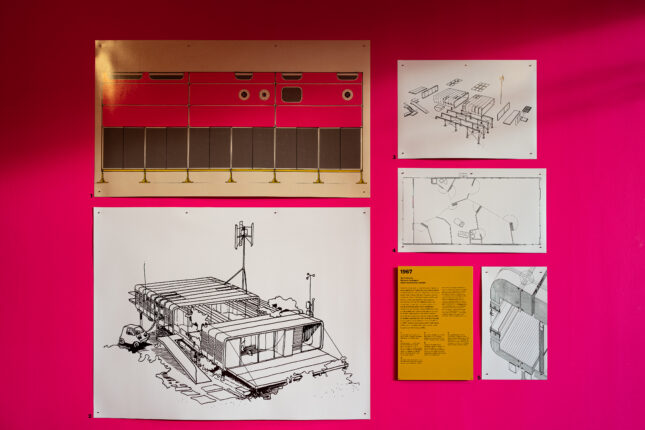
The architect’s son continues on the subject of the tubular building: “The relationship between Richard and Renzo became a magnificent dialogue. They later remained best friends, driven by a mutual admiration.”
Barajas airport
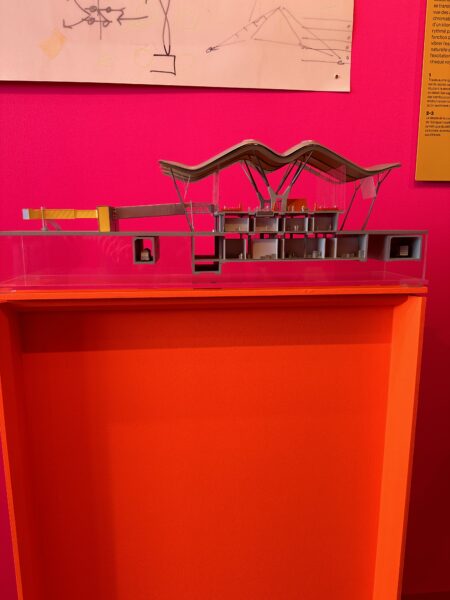
Another of the striking structures designed by Richard Rogers was the Barajas airport in Madrid in 2005: an undulating metal roof supported by lines of Y-shaped columns as though stretching infinitely in a variation of colours. “His obsession with bright colours was in my opinion simply due to his desire to celebrate life while highlighting architectural forms. Richard could draw strength from the past. History gave him the feeling of heroism. At the time of the creation of the Centre Pompidou for example he loved to evoke the flying buttresses of Notre Dame. But it was above all the future that fascinated this great optimist.”
Gone down in History

Now the most daring building made by Richard Rogers and Renzo Piano has definitively gone down in history. It is suffering from old age and will be closing for a makeover in autumn 2024, apparently for five years.
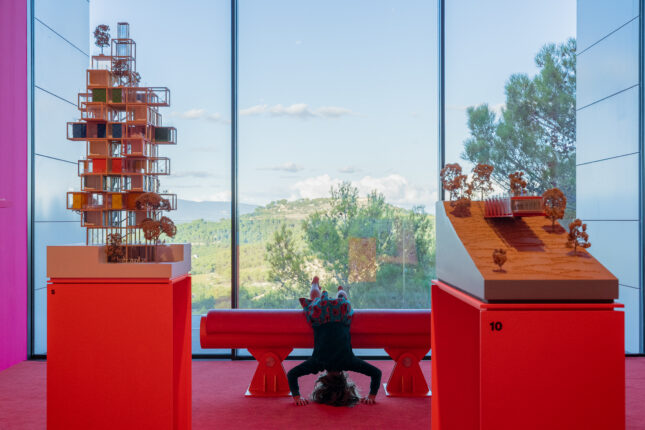
Until 7 January. Richard Rogers; 10 projects. 1967-2020. https://chateau-la-coste.com/fr/actualites/expo-richard-rogers.html
Support independent news on art.
Your contribution : Make a monthly commitment to support JB Reports or a one off contribution as and when you feel like it. Choose the option that suits you best.
Need to cancel a recurring donation? Please go here.
The donation is considered to be a subscription for a fee set by the donor and for a duration also set by the donor.


